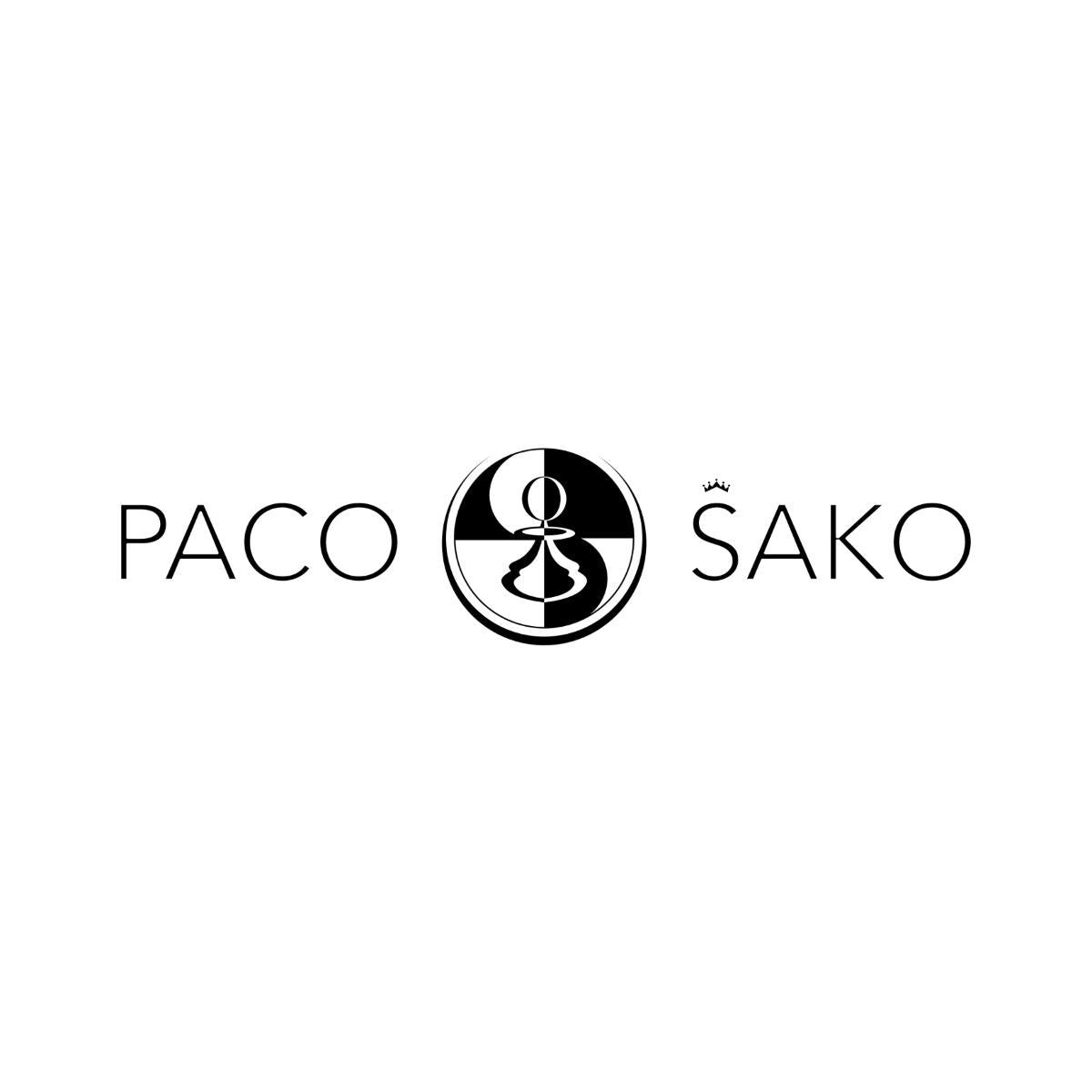Paco Ŝako (Import)
Couldn't load pickup availability
Delivery and Shipping
Delivery and Shipping
For more details, please refer to our Shipping and Order Information.
Description
Description
| Designer |
Felix Albers |
| Publisher | (Self-Published) |
| Players | 2 |
| Playing Time | 15-60 mins |
| Suggested Age | 4 and up |
| Honors | 2018 Nederlandse Spellenprijs Best Expert Game Nominee |
Note: This game is in English
Paco Ŝako (Esperanto words for "peace chess": pronounce "PAH-tso SHAH-ko" = /'pat͡so 'ʃako/ IPA) is a form of chess created to be an expression of peace, friendship and collaboration. The aim is to find, through strategic gameplay, a way to "embrace" the other player's king.
The game represents a constructive conversation or development in which the two sides merge their knowledge, ideas, and strength. During the game, both players try to bring forward good or ever better ideas than the other player by moving their chess pieces around. For both players, the aim is to stand strong for your knowledge, ideas and strength, but you will be open to receive input from the other player when it is their turn. Making the last move and bringing one of your pieces into a union with the other player's King will make you win the game.
Paco Ŝako is played on the same board and with the same chess pieces as traditional/classic chess, though the Paco Ŝako chess pieces have a different functionality. Black and white pieces can be merged into a union and can stay together on one square. Because there are no pieces taken, all pieces stay on the board during the game. Once unions are created, both players can still move them; you can take over a union and release your piece out of a union by replacing it with another piece and eventually there is the chain reaction, which really brings out the Paco Ŝako gameplay. Taking over unions and releasing pieces mean you may move several pieces in one turn.
The game is very much focused on patterns and creativity, not on piece advantage. The nice thing about this is that both players stay in the game until the last move is made. There can be created an advantage in position and games can be fast because of the dynamics and physical patterns in which several pieces can be moved in one go. When the game develops into an endgame with a lot of unions, there will be a high energy on the board with lots of possibilities, chains and creative options, and often both players will get closer to making the final move. Sometimes it is about having momentum and holding it.

